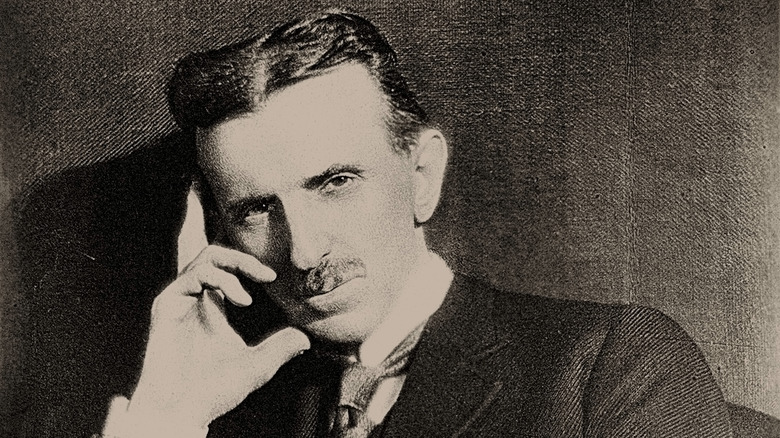
Heritage Images/Getty Images
Nikola Tesla may not be as well-known as some of his contemporaries, such as incandescent lightbulb creator Thomas Edison, but the engineer and inventor is arguably one of the most influential figures of the last 200 years. Without him, the Second Industrial Revolution might not have even been possible, as the electrical systems we know today would not exist.
Born in what is now Croatia, Tesla is a Serbian American who pioneered the use of alternating current and laid the groundwork for much of the technology that has become commonplace around the world. He had a broad range of interests, ranging from electronics and mechanical engineering to radio waves and wireless transmissions. Tesla even claimed to have created a Death Beam weapon that could destroy enemy aircraft from hundreds of miles away.
With hundreds of patents to his name, Tesla created dozens of inventions throughout his life. Although some of them became obsolete, others have stood the test of time and proved essential in shaping the technology that we still use today.
Electric induction motor
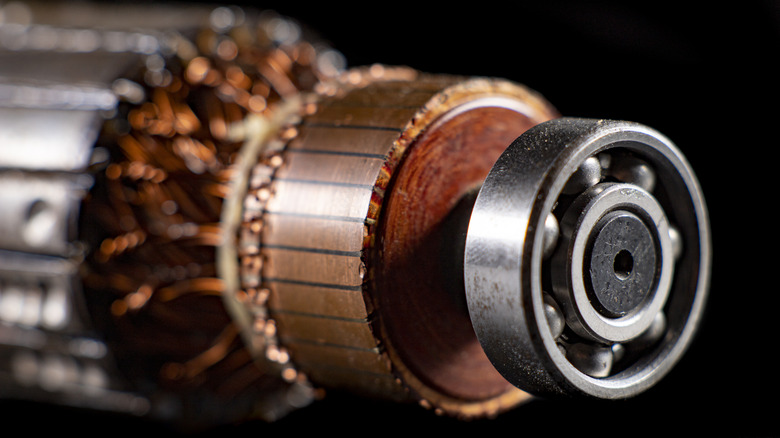
Piotr Wytrazek/Getty Images
Nikola Tesla was far from the first person to develop an electric motor. In fact, early motors were first proposed in the late 1700s, and by 1822, Michael Faraday had demonstrated that it was possible to create electromagnetic rotation by using a magnetic wire and an electric field. Just a decade later, William Sturgeon created the first working DC electric motor that could actually turn machinery, leading to further experimentation in the field to power machinery. These were important precursors that proved it was possible to create working machines powered by electricity, with the motors converting electrical energy into mechanical force.
What Tesla pioneered was the induction motor. Alongside Galileo Ferraris, who independently created his own version of the induction motor, Tesla developed a working model of a motor that worked via alternating current and generated power through electromagnetic induction. Before this time, AC motors had never been consistent or reliable, so this invention would have far-reaching consequences. As the current automatically reverses the poles of the magnetic field, it could move the motor without the need for a physical connection. This made it more efficient and capable of producing far more energy.
This groundbreaking invention is widely considered to be one of the most important in history. Induction motors went on to dominate the electric motor market, and are the most widely used type of motor today, accounting for more than half of all energy consumption in industries. Without the induction motor, the Industrial Revolution would have been nowhere near as dramatic.
Alternating current
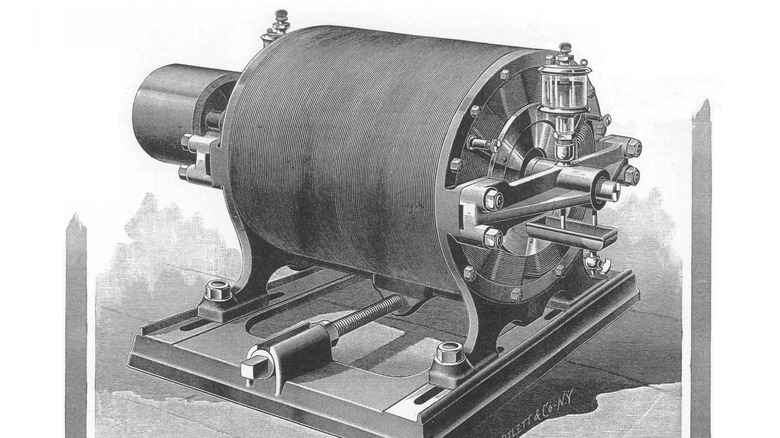
Heritage Images/Getty Images
Nikola Tesla’s work on the induction motor also led to him adopting new ways of harnessing alternating current. While he didn’t invent AC power, he was one of the people responsible for bringing it to the public’s attention, and fought to have it more widely adopted. The inventor patented a number of creations related to AC motors and machines, which were eventually purchased by George Westinghouse and his company, the Westinghouse Electric Corporation. Westinghouse was a big believer in the potential for alternating current for electric power distribution, and teamed up with Tesla to further develop his polyphase alternating current idea.
This prompted a period known as the war of the currents. At the same time that Westinghouse and Tesla were working on making alternating current the electric power transmission system of choice, Thomas Edison was pushing his direct current alternative. Alternating current had a lot of major advantages over direct current. Firstly, it could be transmitted over long distances easily, while direct current needed power plants to be very close to customers. That made it cheaper and more cost-efficient to operate, since power suppliers did not need to build as many power plants.
Meanwhile, electric transformers can raise and lower the voltage of alternating current, allowing high-voltage electricity to run in outside cables before it is switched back to a lower voltage within a home, making it even more efficient. Both of these factors eventually led to alternating current being widely adopted and helped power not only the Industrial Revolution, but almost every electrical device and system that has been developed since.
Radio
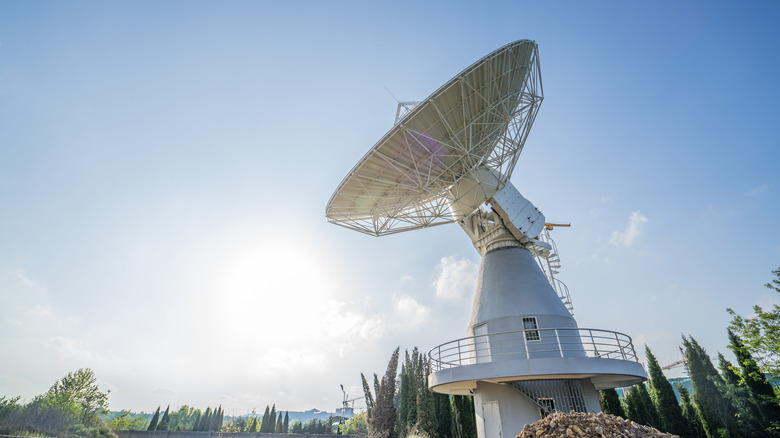
Jasonfang/Getty Images
Guglielmo Marconi is widely considered to be the father of modern radio. However, Nikola Tesla could also be said to be just as influential in the development of the technology. Tesla first began to experiment with radio waves during the early 1890s, and studied the work of German scientist Heinrich Rudolf Hertz. By 1895, Tesla believed that radio waves could be used for wireless communication and was even preparing an experiment that would have seen him send signals over 50 miles away. Unfortunately, a fire destroyed his lab and put a stop to Tesla’s work on radio, allowing Marconi to send the first radio communication in England.
Both Marconi and Tesla applied for radio-based patents in the late 1890s, with Tesla being awarded several in the U.S. while Marconi continued to try to secure patents for his own inventions. Eventually, Marconi was credited with inventing the radio, although this was ultimately reversed in 1943 by the U.S. Supreme Court. What is clear is that some of Tesla’s inventions, including his Tesla oscillator, were vital to creating functioning radio transmitters and receivers.
The inventions of the two engineers later morphed into what people would think of as radio and laid the groundwork for wireless communication. Without them, the ability to communicate with people around the world instantly would have been impossible. At one point, Tesla even suggested that radio waves could be used to detect ships at sea that couldn’t be seen. This concept would later evolve into RADAR, a technology that is still very much used today and plays a vital role in maritime and air safety.
Shadowgraph

PixieMe/Shutterstock
Radiology is an important method that doctors and other medical staff use to diagnose patients and have a better understanding of the human body. While there are many different forms of medical imaging in use, one of the oldest and most widely used are X-rays. This involves projecting radiation at a person, which is absorbed at different rates by various bodily matter, allowing an image of the inside of a person to be produced. This can then be used to see damage to bones and organs or search for foreign objects.
Many different scientists and engineers experimented with X-ray radiation and other forms of imaging. Wilhelm Conrad Röntgen is often seen as the father of the field, with the German physicist discovering the new type of electromagnetic radiation in 1895. But Tesla was instrumental in showing the usefulness of X-rays as a diagnostic tool and carried out a number of experiments using X-rays throughout the late 1890s and early 1900s. He even created his own imaging tools that utilized high voltages and specially designed tubes.
This research allowed Tesla to be one of the first people to take X-ray images of the human body. Referring to these images as shadowgraphs, they demonstrated that it was possible to use radiation to observe the inside of a body. He also highlighted some of the dangers of using X-rays, such as the damage they could do to tissue, including burns and significant pain. These inventions ensured that radiology could become what it is today, although Tesla rarely gets proper credit.
Remote control
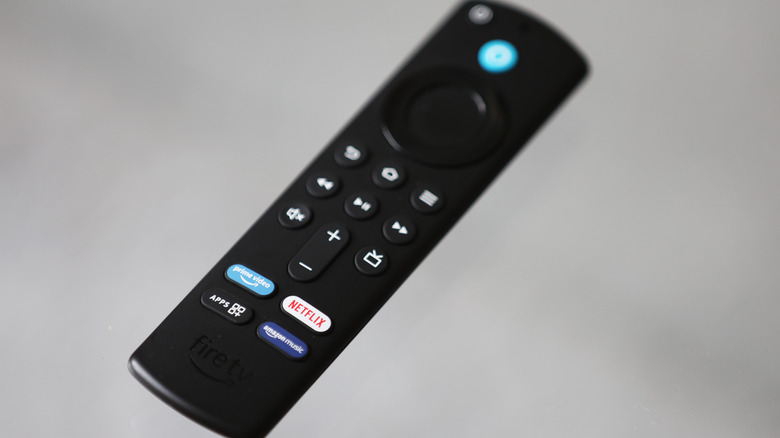
Nathan Stirk/Getty Images
It is difficult to imagine television or any number of other devices without a remote control. Without the handy little inventions, it would have been far less convenient to change channels or operate gadgets without getting up and pushing a button yourself. They are an essential part of our lives, and their very existence owes a debt of gratitude to Nikola Tesla. The Serbian-American inventor was one of the first people to successfully demonstrate remote control using radio waves.
This happened at the Electrical Exhibition of 1898, which was staged at Madison Square Garden, where he showed his prototype of a patent that could be used as a «Method of and Apparatus for Controlling the Mechanism of Moving Vessels or Vehicles.» Using a radio transmitter device, he was able to control a small four-foot ship in a pool of water, moving it around and switching the vessel’s lights off and on. The lack of any physical connection between the remote and the ship, combined with the seemingly magic power of radio waves, wowed the crowd and even led to accusations that the showcase was faked.
The ramifications of such technology were clear even at the time, especially from a military context. Radio-controlled torpedoes could be used to target incoming enemy vessels from a distance, although these were not used in combat until decades later. Today, remote control doesn’t just allow for switching television channels but also for controlling satellites, vehicles, and toys.
Hydroelectric power generator
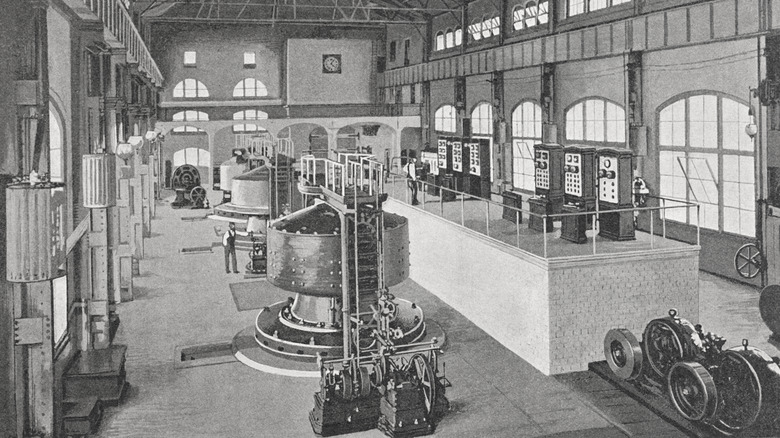
Zu_09/Getty Images
The holy grail of electricity production may well be fusion power but until that becomes a reality, renewable energy is going to be more and more important. After all, the only way that climate change can be reversed is by phasing out fossil fuels in exchange for greener sources of energy. An early pioneer in the field of renewable energy was Nikolas Tesla, a figure who was keen to draw energy directly from Earth’s natural resources. To that end, he carried out several experiments examining ways to transfer the energy of natural phenomena like waterfalls to electricity.
During the 1890s, the Niagara Falls Commission consulted a number of different companies in the hopes of creating a power plant at Niagara Falls. Tesla was instrumental in helping Westinghouse Electric Company win the contract, with many of his patents used in the construction of a hydroelectric plant. When the plant was switched on, it proved to be a huge success and brought power to much of Buffalo before later expanding to provide electricity to much of New York City.
Tesla had dreamed of harnessing the power of Niagara Falls since childhood. After being shown pictures of the waterfall, he imagined a giant wheel that would be turned by the water and wanted to travel to the U.S. to make this dream a reality. His work on the Niagara Falls hydroelectric plant helped make renewable energy an accepted form of energy production, and many of the concepts pioneered by Tesla are still used today.
Tesla coil
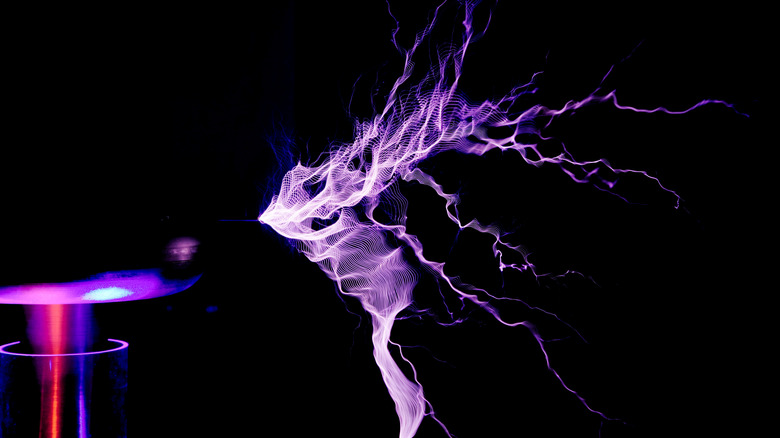
knowBeingInTime/Shutterstock
The Tesla coil, invented by Nikola Tesla in 1891, is an electrical resonant transformer circuit. Using radio frequency oscillation, it is able to drive a transformer that can produce incredibly high voltages at very low currents without a wired connection. The extremely high voltage means the electricity can travel through the air, creating visible arcs as they ionize air particles so they become conductive. Initially, Tesla’s plan was to use massive Tesla coils to allow for wireless transmission of electricity to receivers around the world. This proved impractical and costly, so he instead put them to other uses.
In fact, Tesla utilized numerous variations of his device to conduct important experiments on everything from X-rays to radio waves. Without the Tesla coil, the inventor and scientist may not have been able to carry out much of his work. This would have limited the number of inventions that he would go on to create during his career and prevented some of his most significant discoveries. Tesla coils were also used to create the first wireless communication transmissions.
Though nowadays, the Tesla coil isn’t used as a practical tool in many devices (although there are some notable exceptions such as televisions, radios, and car ignitions ), it was still an important invention. It helped change how people thought about electricity, revolutionizing the way it could be transmitted and used. Of course, they can also be used to create some pretty interesting special effects.
Robot boat
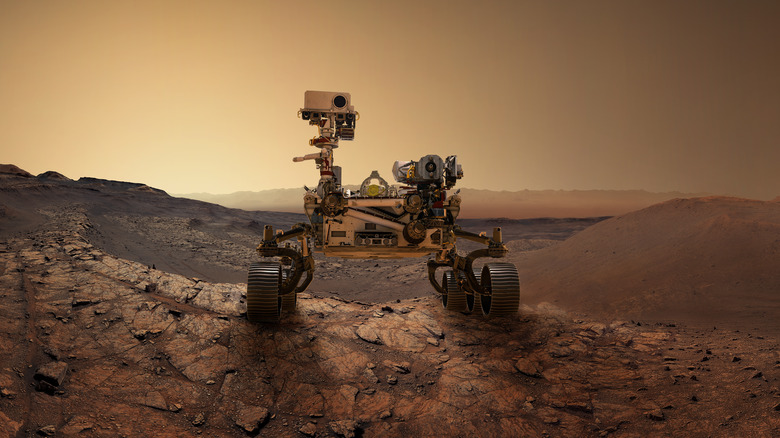
Triff/Shutterstock
The robot boat that Tesla created for the Electrical Exhibition of 1898 at Madison Square Garden was not just a demonstration of the power of remote-control technology. In many ways, it was also the birth of robotics. After all, you could think of the remote-controlled boat in the small pond as the precursor to a drone that can be operated from a distance and carry out tasks on behalf of humans.
According to Engadget, Tesla felt that his wireless boat was the first step on the road to automatons that would not just be controlled by humans but be able to respond to external stimuli on their own. These automatons would be robots in the true sense, with a mind of their own that doesn’t require an operator. «You do not see there a wireless torpedo,» he explained at the time. «You see there the first of a race of robots, mechanical men which will do the laborious work of the human race.»
The concept of remote-controlled robots has led not only to toy cars that can race around houses but also to aircraft, satellites, ships, and military devices. While it had few practical applications at the time, robotics has advanced to the point that the same concept has been used to control robots on the surface of the Moon and Mars.